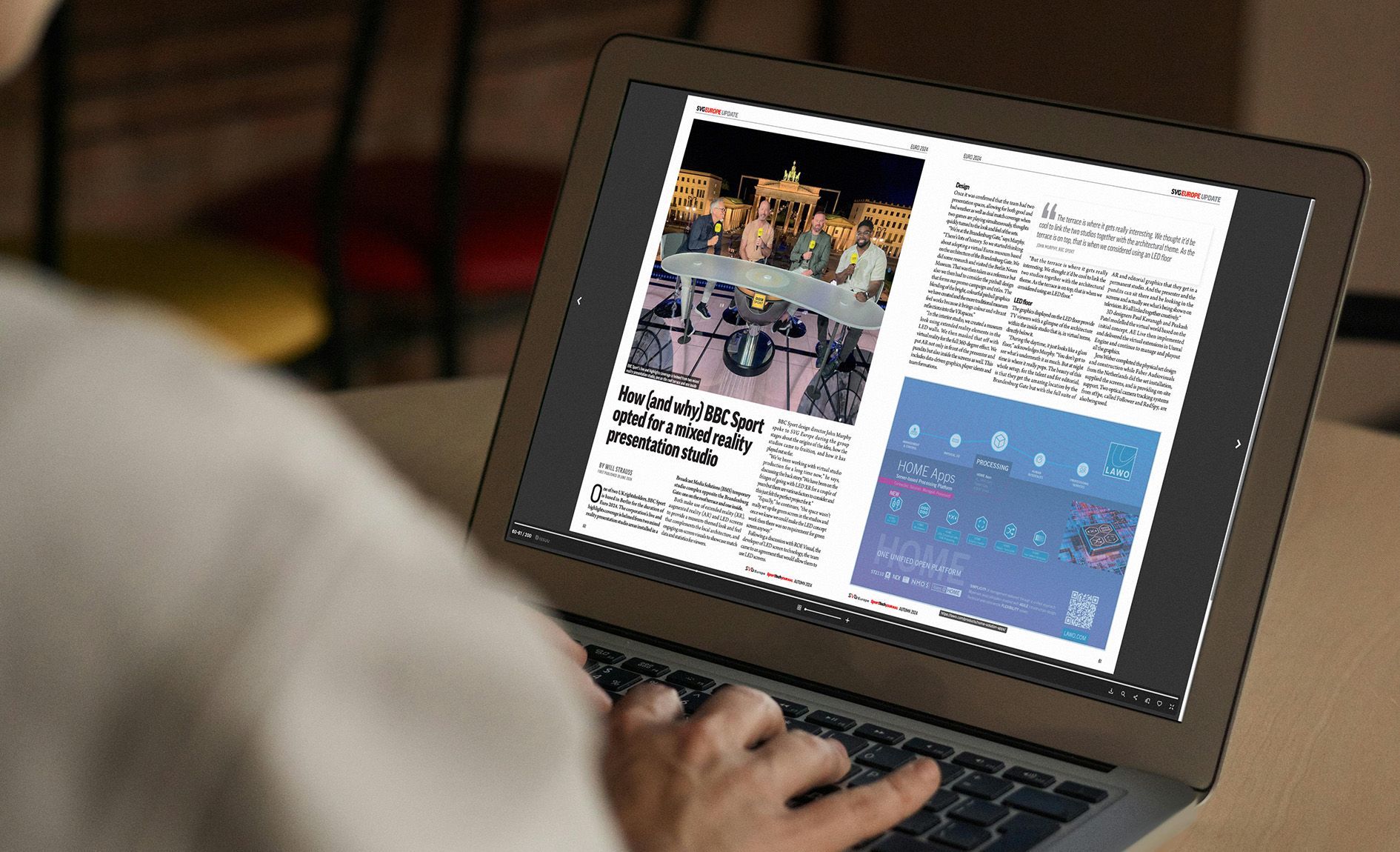Since the mid-noughties, the publishing industry has been undergoing a seismic shift, with digital media rapidly gaining ground. As a result, many have questioned the future of print magazines. While digital platforms offer convenience and accessibility, print continues to hold a place in the hearts of readers. Have digital magazines replaced print magazines, or is there something else to consider?
The debate surrounding whether digital magazines have truly replaced print versions is complex and multifaceted. Proponents of digital magazines often point to their convenience, accessibility, and environmental benefits. They argue that digital platforms allow instant content access, searchability, reduced paper consumption and a potentially global audience. Additionally, digital magazines can incorporate interactive elements like videos and hyperlinks, enhancing the reading experience.
However, many readers argue that heavily-paginated titles are challenging to navigate and read through a small device screen, continuing to strongly prefer print magazines. They value the tactile experience of holding a physical publication and reading without distractions or screen glare, allowing a more immersive, deeper experience with crafted, curated content. Some also argue that print magazines offer a sense of permanence, exclusivity and collectability that digital versions cannot match.
Print magazines have and will continue to offer a unique tactile experience that digital simply cannot replicate. The feel of paper, the aroma of ink, and the satisfying rustle of pages create a sensory delight that engages readers on a deeper level.
Research suggests that people retain information and understand what they've read better when reading from a printed magazine. This is also supported by many studies showing magazine readers prefer print. It carries a sense of authority and trustworthiness. The effort and cost associated with producing high-quality printed material can elevate the perceived value and the brand.
On the other hand, while reader behaviour can limit read time, digital magazines provide an exceptional level of convenience and interactivity that traditional print magazines cannot compare. With just a few taps on a device, readers can access a vast library of content anywhere and anytime, on a variety of devices, eliminating the need to carry physical copies readers to consume content at their own pace and convenience. Adding interactive features, such as hyperlinks to further content, such as podcasts and websites, and embedding video content enhances the reading experience and creates a more engaging way to deliver information. Digital magazines also eliminate the costs associated with printing, shipping, and distribution. This can lead to significant savings for both publishers and readers.
The Future of Magazines
Rather than viewing print versus digital as competing formats, publishers should embrace a hybrid approach that leverages the strengths and benefits of both.
- Broader Reach: Combining print and digital allows you to reach a wider audience, catering to both traditional print readers and digitally savvy consumers searching for content within your arena.
- Enhanced Engagement: Regardless of print or digital magazines, interactive features like videos and hyperlinks can be applied in both formats to enhance reader engagement.
- Increased Brand Awareness: A multi-format approach increases brand visibility and recognition across various platforms, strengthening brand loyalty.
- Synergy: Print and digital formats actually complement each other. For example, exclusive content offered in one format can drive engagement with the other.
- Future-Proofing: By embracing print and digital, publishers can adapt to evolving consumer preferences and technological advancements, ensuring long-term sustainability.
In our opinion, there has never been an either/or scenario with the Print vs Digital debate. The future of magazines lies in a harmonious blend of print 'and' digital. By understanding the unique advantages of each format and combining them strategically, publishers can create compelling and enduring products that resonate with readers in the digital age.
#printvsdigital #magazines #printmagazines #digitalmagazines #hybridpublishing #magazineindustry #futureofmagazines #magazinedesign #magazineproduction #magazinesynergy #magazinecontent #magazinepublishing
The post 'Print vs Digital: The Great Magazine Debate' appeared first on
The Magazine Production Company.
Click here to go back to the main articles page.
Share this content!
Read more of our articles







